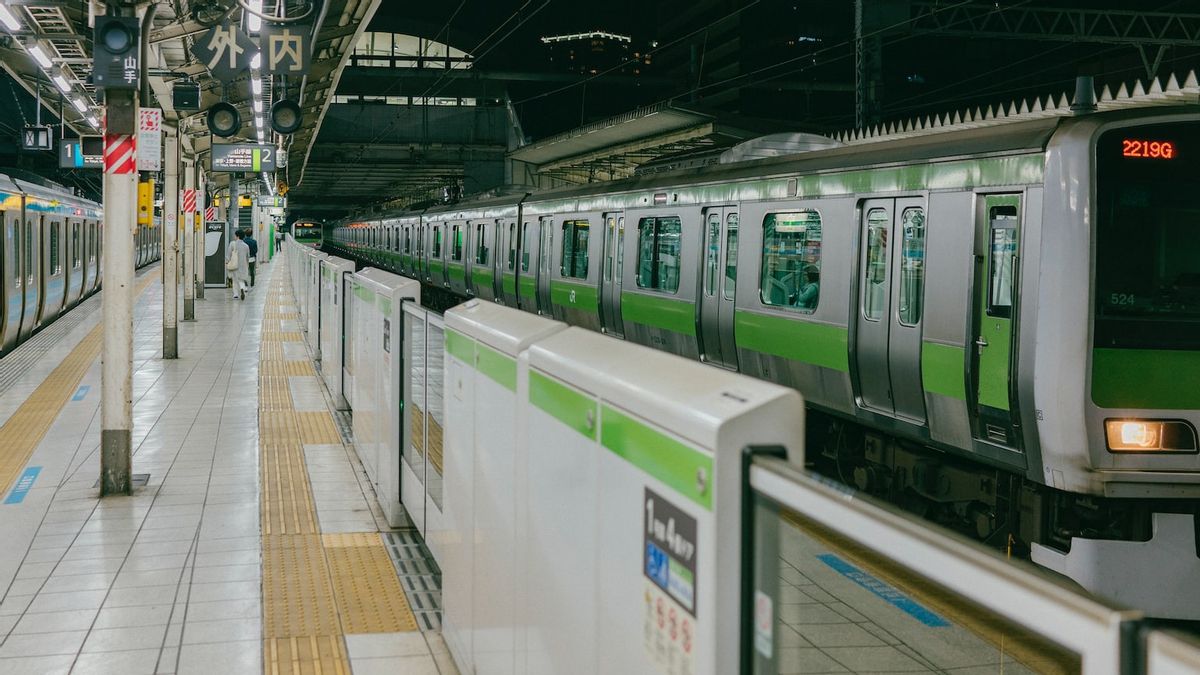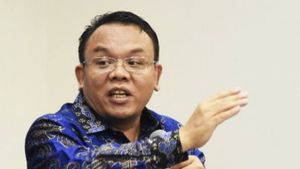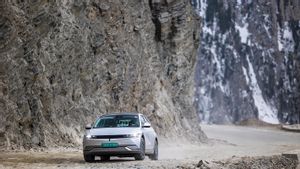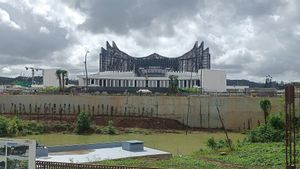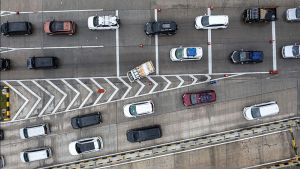JAKARTA - PT MRT Jakarta studies the development of transit-oriented development (TOD) areas in Japan which allows the movement of minimal barriers (seamless) people.
"We have continued activities to make direct visits to the field to see how the implementation of transit-oriented development in Tokyo is our benchmark," said MRT Jakarta Tuhiyat President Director in Tokyo, Friday, December 2, quoted by Antara.
He said to create TODs that allow minimal movement of obstacles must be carried out in six integrations, namely physical integration, management, payments, services, standards and data.
"There are six integrations that must be carried out to create sealess TODs like Japan. The first integration is physical integration, as we build, there is connecting bridge, underground connection as we see in Japan," he said.
However, said Tuhiyat, integrability and physical development takes a long time.
He added that Japan had experience developing TOD for 65 years, while MRT Jakarta had just started.
The second integration, he said, is the integration of management which is responsible for controlling public flows at TOD points, thus allowing movement to be smooth because it is controlled by one management in accordance with the mandate of the President of the Republic of Indonesia.
The third integration or payment, said Tuhiyat, is being developed, both by MRT, TransJakarta, and Jaklingko Indonesia.
"Then the integration of services must be an international standard, so that it can provide satisfaction for customers and data integration must have one big digital data and we are just starting," he said.
In addition, integration efforts must involve the government and the private sector, he said.
Tuhiyat admitted that the construction of the Jakarta MRT TOD at six stations Lebak Bulus Station, Fatmawati, Blok M, ASEAN, Istora Senayan and Dukuh Atas experienced delays in the construction of phase 1 MRT.
"We should build a track railway accompanied by TOD development. The area to the north of phase 2 may be east-west, we will build it together so that it is not too late," he said.
Because, he said, the increase in passengers (ridership) began with the development of the area, so that it was easier for people to reach the station.
On the same occasion, Director of Business Development of MRT Jakarta Farchad Mahfud said he was optimistic that his party could create a minimal barrier TO TOD like in Japan.
"If it is possible in Japan, it will be possible in Indonesia. Indonesia needs time to learn for the public regarding the good practices implemented abroad and that can be applied in Indonesia," he said.
According to Farchad, TOD development has a cultural impact that will change people's habits, so that the public must make it comfortable first and will automatically provide support.
"Maybe in the future we can (make) the MRT station entrance to be integrated with the building, but we need careful management," he said.
Meanwhile, the CEO of the Oriental Consultant Global Yonezawa Eiji who handled various TOD development consultations in Japan and a number of Southeast Asian countries including Indonesia and MRT Jakarta, highlighted a number of opportunities and challenges in TOD development in Jakarta.
A number of opportunities, he said, are the ongoing MRT development and improvements in connectivity, public awareness of a healthy lifestyle, and regulations related to TOD.
While the challenges faced include the city center which has been built and too many concentration points, the lifestyle of people who depend on private vehicles, especially cars, and weak land market control measures.
The English, Chinese, Japanese, Arabic, and French versions are automatically generated by the AI. So there may still be inaccuracies in translating, please always see Indonesian as our main language. (system supported by DigitalSiber.id)
